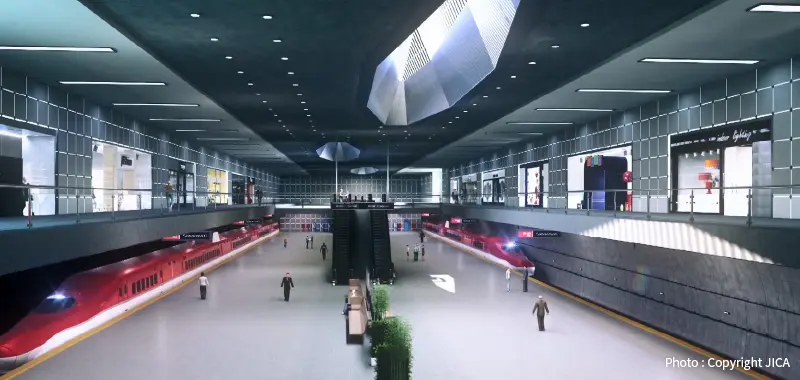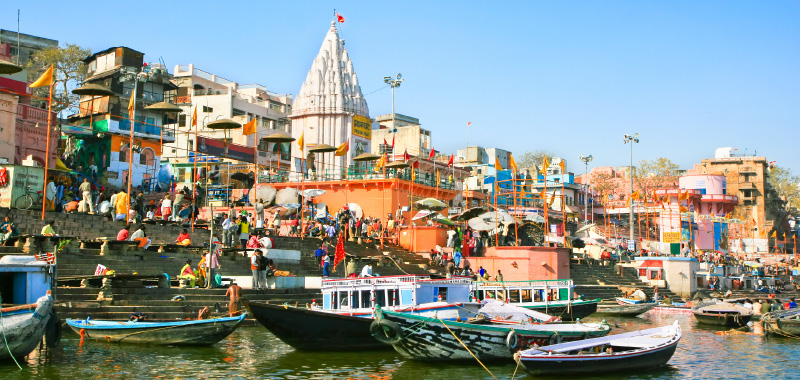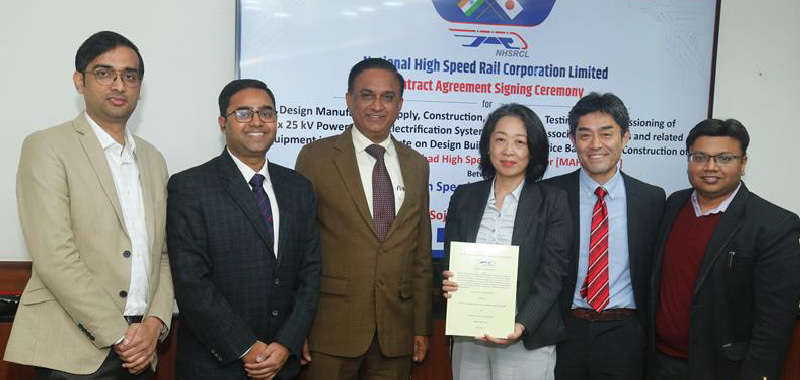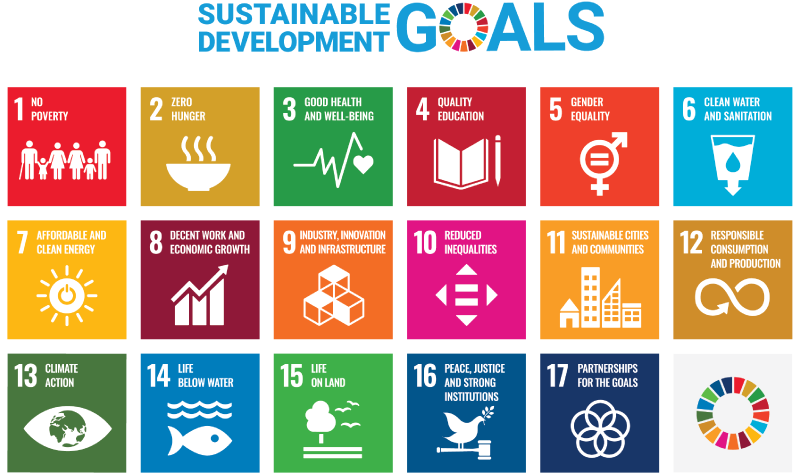Sustainability
Based on an agreement between the governments of Japan and India, on September 1, 2021, our company started handling work on behalf of National High Speed Rail Corporation Limited (NHSRCL), the ordering party, in the field of electrical system (including Overhead Equipment, MV/LV Distribution Power Supply System, Traction Power Supply System, Signalling, Telecommunication, Automatic Train Supervision System, etc.) for the currently ongoing Mumbai-Ahmedabad High Speed Rail Corridor Project.
The completion of the high-speed rail between Mumbai and Ahmedabad—which the company is currently participating in—is expected to achieve high-speed mass transit that offers a high level of safety, environmental friendliness, and outstanding punctuality.
In addition, this high-speed railway is not only expected to provide transportation service to users, but also to bring economic and social benefits that include regional revitalization and tourism promotion.
These goals are in line with the philosophy and course of the Sustainable Development Goals (SDGs) advocated by the United Nations.
Railway infrastructure
01 Creating environmentally friendly high-speed rail that
offers outstanding safety and punctuality

Japan’s Tokaido Shinkansen has not had a single passenger fatality since the service was launched in 1964, and this high-speed rail has few limitations related to weather conditions and traffic congestion.
In addition, compared to cars, airplanes, and other transportation methods, railways offer the advantage of lower CO2 emissions—which contributes to reducing the environmental impact—so the new railway is expected to have a major effect on global warming as well as resolving social issues specific to India, including traffic congestion and air pollution.
02 Providing economic and social benefits that
include regional revitalization and tourism promotion

Launching a Shinkansen enables many people to move around more quickly for various purposes, including business and going home, and new tourism-related and other flows will lead to the development of areas along the tracks.
In recent years, Japan has launched the Kyushu Shinkansen, Hokuriku Shinkansen, and Hokkaido Shinkansen, resulting in tangible and intangible effects that include economic development in the regions along these lines.
Opening a high-speed rail line in India is expected to have similar effects along the line between Mumbai and Ahmedabad.
03 International collaboration through the project

Regarding this high-speed rail project, at the Japan-India Summit meeting held in December of 2015, the governments of the two countries signed a memorandum concerning the introduction of a Shinkansen system, and they decided to use Japan’s Shinkansen approach for the new line.
Our company is in charge of handling electrical package work for this project on behalf of National High Speed Rail Corporation Limited (NHSRCL), the ordering party, thereby encouraging the participation of Japanese companies in this package to ensure that this high-speed rail business proceeds smoothly in general.
Therefore, in addition to our employees in Japan, we also have employees stationed in India, and these employees will take on the challenge of addressing a wide range of issues on a daily basis.



